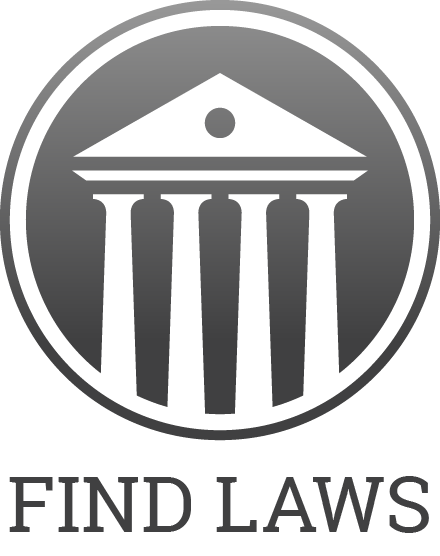Personal Injury Lawyer
Outside of their actual substantive opinions, one of the most important pieces of evidence that can be admitted through an expert is statements from published treatises, periodicals, or pamphlets on a subject of history, medicine, or other science or art. Medical journals and treatises are perhaps the quintessential example of this type of evidence, but courts have permitted the use of evidence from learned treatises in many types of cases. Examples include:
- Truck Driver’s Handbook: In a motor-vehicle accident case, the court held that a truck driver’s handbook published by the American Trucking Association was a learned treatise admissible under Utah Rule of Evidence See Paulos v. Covenant Transp., Inc., 86 P.3d 752, 754-57 (Utah Ct. App. 2004).
- FAA Training Video: In an action against an aircraft manufacturer arising from a crash, the court held that an FAA training video was admissible under Arizona Rule of Evidence 803(18). See Schneider v. Cessna Aircraft Co., 150 Ariz. 153, 159-62, 722 P.2d 321, 327-30 (Ariz. Ct. App. 1986).
- The American Standard Safety Code: In a products-liability case involving a cotton compress, the Court of Appeals for the Fifth Circuit held that a district court had committed reversible error by excluding portions of the American Standard Safety Code and other publications, which were properly admissible under Federal Rule of Evidence 803(18). See Johnson v. William C. Ellis & Sons Iron Works, Inc., 609 F.2d 820, 823 (5th Cir. 1980).
- United States Department of Transportation Reports: In a products-liability case involving an allegedly defective car, the court affirmed the admission of two reports prepared for the United States Department of Transportation concerning automobile crashworthiness under Federal Rule of Evidence 803(18). See Dawson v. Township of Pennsauken, 630 F.2d 950, 960-61 (3d Cir. 1980).
- Emergency Vehicle Operator’s Course: In a case where an ambulance ran a red light and collided with a civilian vehicle, the court considered the Emergency Vehicle Operator’s Course among other pieces of evidence when deciding whether the plaintiff had presented sufficient evidence of recklessness to survive summary judgment. While the court did not directly analyze the Course as a learned treatise, it would make little sense to consider inadmissible evidence on a motion for summary judgment. See Aliazarov v. Joiner, No. 05-00-01593, 2001 Tex. App. LEXIS 7077 (Tex. Ct. App. Oct. 22, 2001).
There are several effective ways to get learned treatises into evidence at trial. The proponent of the evidence may
- Have the expert on direct testify that the literature is reliably authoritative and read in the statements through the expert (note that the expert no longer need have relied on the statements at the time of forming the expert’s opinion in order to read the statements into evidence during direct examination).
- Have the expert on direct testify that the literature is reliably authoritative and wait to read in the statements until cross of the defendants’ expert.
- During cross-examination, have opposing party’s expert would have to recognize the literature as reliably authoritative.
- Use literature written by the opposing party’s expert as impeachment.
- Use literature to test an expert’s knowledge, reading, and accuracy in a field of expertise.
The use of evidence from learned treatises can be incredibly helpful at trial and, consequently, Plaintiff’s counsel should devote significant trial planning to ensuring favorable selections are admissible at trial. If you have questions about a personal injury case, contact a Personal Injury Lawyer in Arlington, VA, like the Law Offices of Ryan Quinn, PLLC, to get more information.

